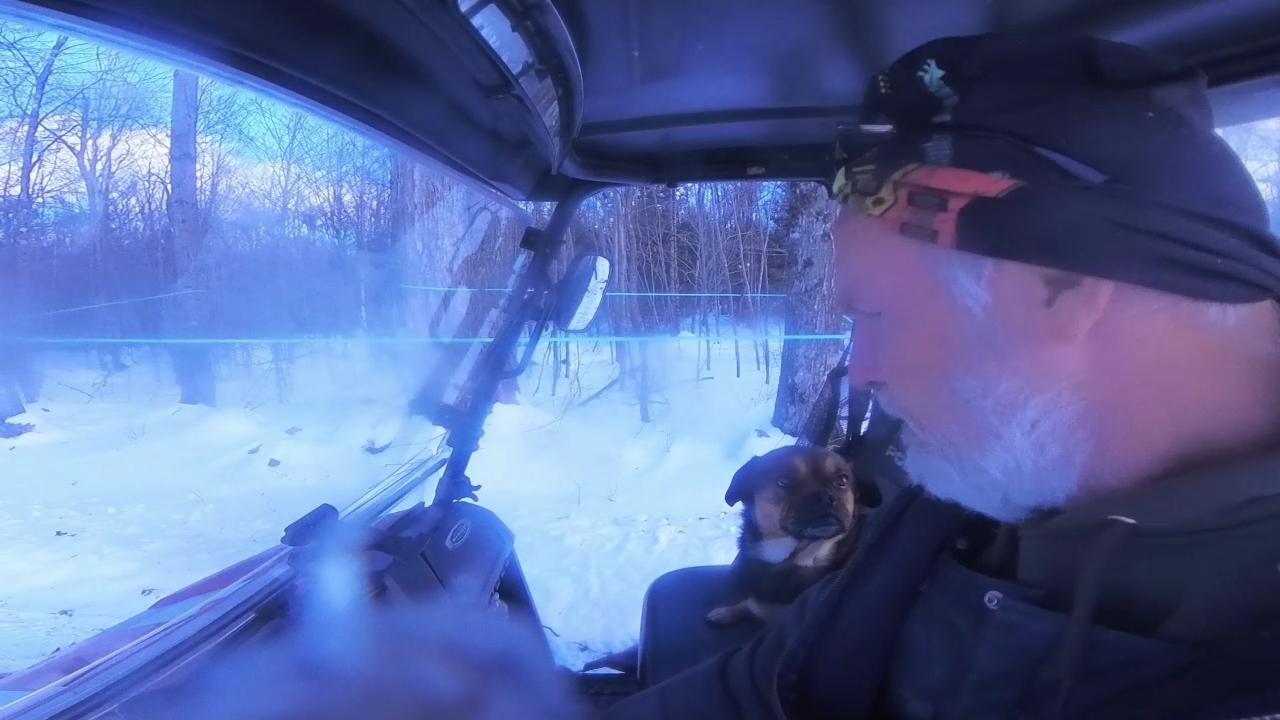Your cart is currently empty!
Category: General

Climate Change
What Causes Climate Change?
In simple terms, climate change is caused by an increase in greenhouse gases in Earth’s atmosphere. These gases, like carbon dioxide (CO₂) and methane (CH₄), trap heat from the sun, leading to a “greenhouse effect” that warms the planet. Human activities, such as burning fossil fuels (like coal, oil, and natural gas), deforestation, and industrial processes, release large amounts of these gases. This results in changes in weather patterns, rising sea levels, and other environmental impacts.
So, to put it simply, the main cause of climate change is our activities that increase greenhouse gases. 🌎🔥
How does climate change affect farmers?
Small farms face significant challenges due to climate change. Here are a few ways they are affected:
- Extreme Weather: Increased frequency and severity of storms, floods, droughts, and heatwaves can damage crops and livestock, leading to reduced yields and financial losses.
- Pests and Diseases: Warmer temperatures and changing precipitation patterns can create favorable conditions for pests and diseases that harm crops and animals. This can increase the need for pesticides and veterinary care, raising costs for farmers.
- Water Availability: Changes in rainfall patterns can lead to water shortages or excesses, making it difficult for farmers to irrigate their crops effectively. Water scarcity can be particularly challenging for small farms with limited resources.
- Soil Degradation: Increased temperatures and changes in rainfall can affect soil health, leading to erosion, nutrient depletion, and reduced fertility. This can make it harder for small farmers to maintain productive land.
- Economic Pressures: Climate change can lead to market fluctuations and increased production costs. Small farms, with less financial cushion, can struggle to cope with these economic pressures compared to larger agricultural enterprises.
Adapting to these challenges often requires investment in new technologies, infrastructure, and practices, which can be difficult for small farms with limited resources. It’s a tough battle, but innovation and support from communities and governments can make a big difference.
What can small farmers do to combat climate change?
Small farmers can take several proactive steps to combat climate change and make their farms more sustainable:
- Adopt Sustainable Farming Practices:
- Crop Rotation: Planting different crops in succession to improve soil health and reduce pests and diseases.
- Cover Cropping: Growing cover crops (like clover or rye) to protect and enrich the soil, preventing erosion and improving soil fertility.
- Organic Farming: Reducing or eliminating the use of synthetic pesticides and fertilizers, which can contribute to greenhouse gas emissions.
- Implement Water Conservation Techniques:
- Drip Irrigation: Using drip systems to deliver water directly to the roots of plants, minimizing water waste.
- Rainwater Harvesting: Collecting and storing rainwater for irrigation purposes during dry periods.
- Enhance Soil Health:
- Composting: Using organic waste to create compost that enriches the soil and reduces the need for chemical fertilizers.
- Reduced Tillage: Minimizing soil disturbance to maintain soil structure, reduce erosion, and increase carbon sequestration.
- Integrate Agroforestry:
- Planting Trees and Shrubs: Integrating trees and shrubs into farmland to provide shade, reduce wind erosion, and capture carbon dioxide.
- Utilize Renewable Energy:
- Solar and Wind Power: Installing solar panels or wind turbines to generate clean energy for farm operations, reducing reliance on fossil fuels.
- Promote Biodiversity:
- Diversified Cropping Systems: Growing a variety of crops to promote ecosystem resilience and reduce vulnerability to climate-related stressors.
- Engage in Community and Knowledge Sharing:
- Cooperatives and Networks: Joining or forming cooperatives and networks to share knowledge, resources, and best practices for sustainable farming.
By adopting these practices, small farmers can contribute to mitigating climate change, improving their farm’s resilience, and promoting environmental sustainability. 🌾🌿
REMEMBER TO SHOP LOCAL
Some interesting articles:
1.) A belowground perspective on the nexus between biodiversity change, climate change, and human well‐being
2.) Japan releases 200,000 tonnes of emergency rice stockpile as prices soar .
2025 Maple Season Update
Getting Closer
Today Rip and I installed the saddles onto the main line. Those were the last pieces prior to actually tapping the trees. Now we just have to watch the weather. Sap runs when there are cold nights and warmer days – Freezing nights above freezing days.
Can Hardly Wait to Have Some Sweet Goodness – 2025 Style

